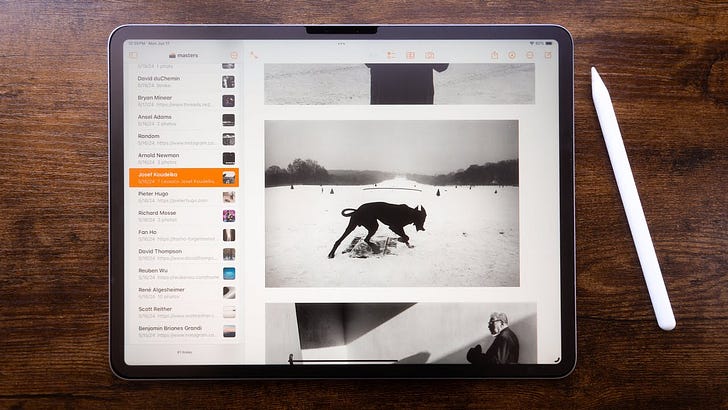Ira Glass once said that all of us who do creative work get into it because we have great taste.
That might be true for some, but it was clearly not my case. When I got started with photography, I didn’t know much about the art, and I couldn’t tell a good photo from a masterpiece. Technically speaking, though, I was decent – mostly thanks to modern cameras which make exposing, focusing, and getting sharp images easy even for beginners.
The camera was able to do much more than I could imagine. I had no taste for photography.
With great power comes great responsibility. It is essential that we develop both our internal taste (what we uniquely respond to) and external taste (the objective truths that make the visual language of photography work).
How to Develop Your Internal Taste
Developing our internal taste is a lifelong journey that happens inside us. But to discover what resonates with us, we need to relentlessly practice and experiment, using external inspiration to show us what’s possible, and reflect on the results.
There’s no shortcut or workaround here, despite all the promises you can find everywhere these days about how a new piece of gear or a preset can fix your photography.
The good news, though, is that this is a profoundly fulfilling process.
How to Develop Your External Taste
While developing our unique style is important, we should not ignore the wisdom of those who came before us. For a very long time, I focused only on my internal taste, and I paid a high price for this: I kept reinventing the wheel, solving problems that other photographers had solved many years before me. Yes, some things you just need to experience yourself, but there’s no reason not to leverage the knowledge of the masters.
There are many ways to study the work of the best photographers — photo books are one of my favorites. But if you can’t borrow them from your local library or can’t afford to buy many of them, you might want to check out this other newsletter where I detail how I find and collect inspiration.
We all have slightly different tastes, and that’s what makes photography so interesting. We need to find our unique voice, but at the same time, master the tools of this visual language that is photography so we are able to communicate with our viewers.
This is a simple, yet far from easy, process. A lifelong journey of learning and shooting. Isn’t that exciting?!
Thanks for reading,
Adrian





